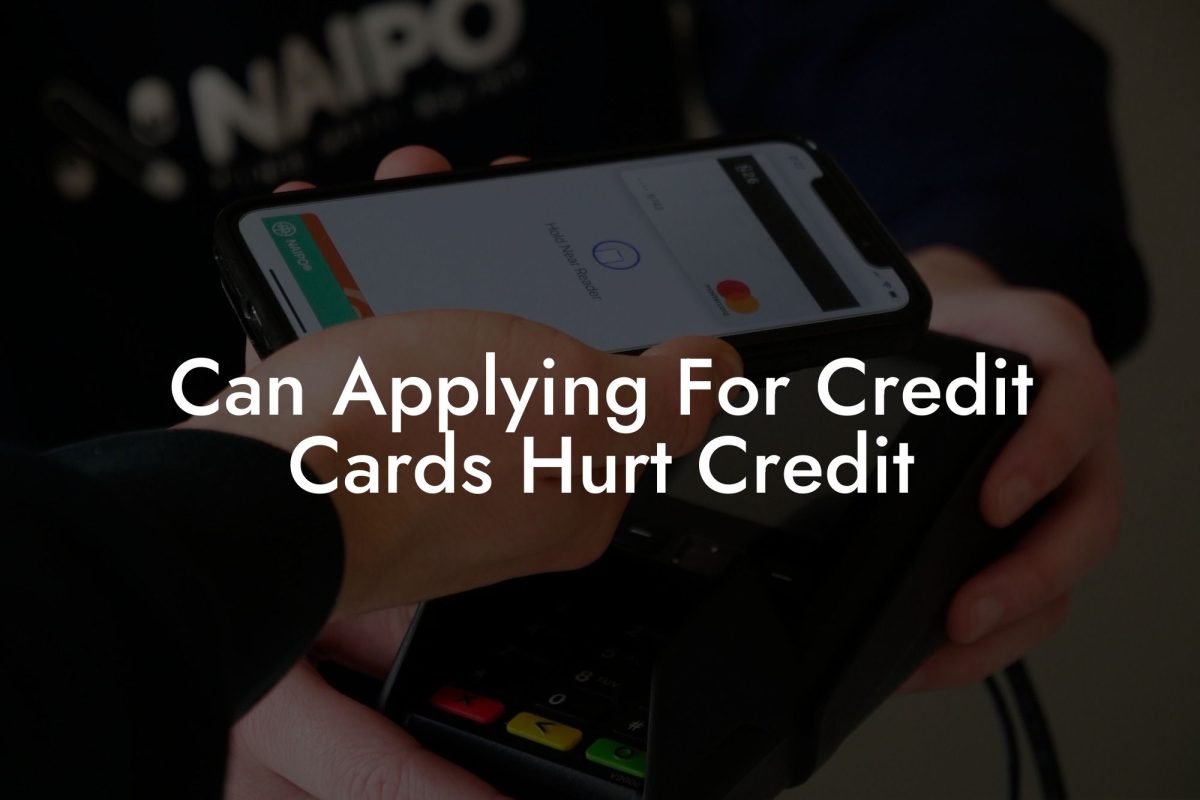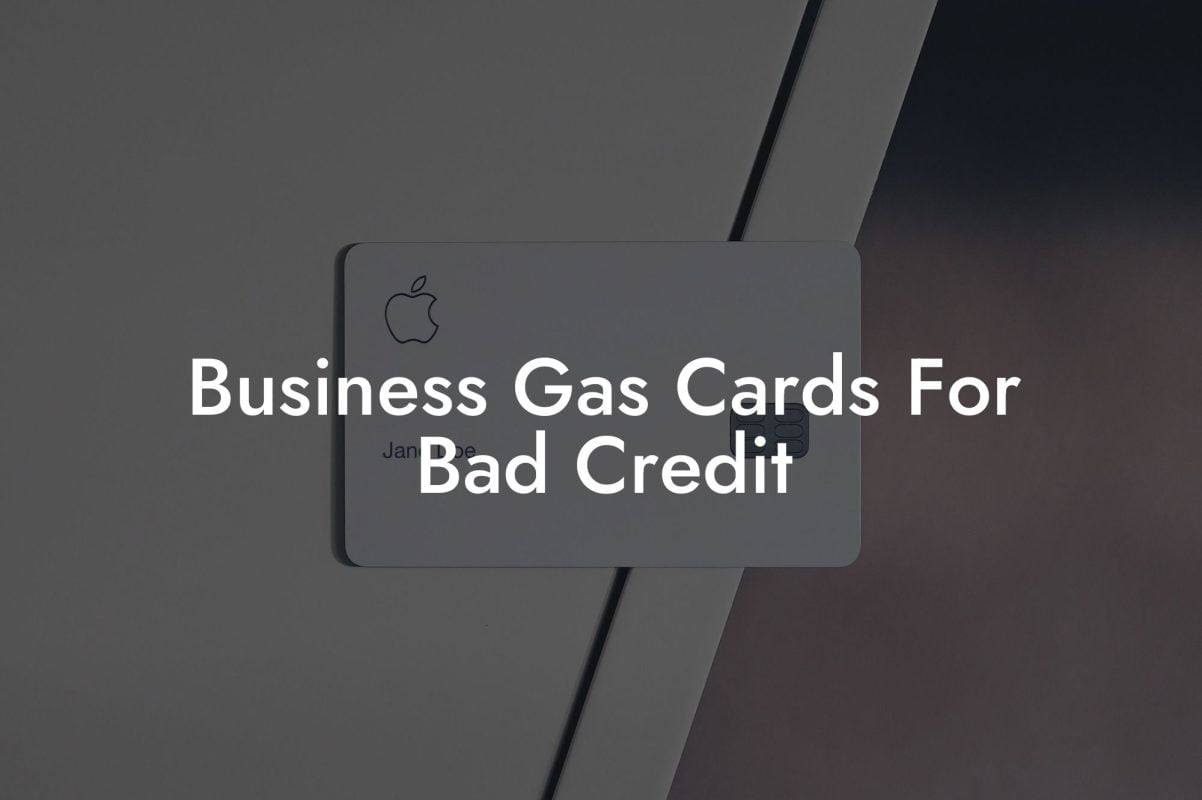Has bankruptcy left you feeling like your financial world has come crashing down? Believe it or not, there is a way to rebuild your credit and move past this major obstacle in your financial journey. In this guide, we'll discuss how to apply for credit cards after bankruptcy, the challenges you might face, and the best strategies you can use to start climbing back up the ladder of financial success.
Apply For Credit Cards After Bankruptcy Table of Contents
Understand the impact of bankruptcy on your credit
Bankruptcy has a significant impact on your credit score and can make the process of applying for credit cards or loans more difficult. Depending on the type of bankruptcy you filed, it can stay on your credit report for 7-10 years. Therefore, it's essential to take the necessary steps to rebuild your credit after bankruptcy to regain your financial footing.
Wait for the right time
Although it's possible to apply for credit cards immediately after bankruptcy, it's typically best to wait until at least a few months have passed. This gives you time to re-establish financial stability and improve your chances of being approved for a new line of credit.
Choose the right type of credit card
When applying for credit cards after bankruptcy, it's vital to choose the right type of credit card for your situation. Look for credit cards specifically designed for people with bad credit or that offer a "secured" option. Secured credit cards require a deposit, which can reduce the risk for the credit card issuer and improve your chances of getting approved.
Start with a secured credit card
A secured credit card is a great first step towards rebuilding your credit after bankruptcy. With a secured card, you'll be required to make a cash deposit, typically ranging from $200-$500. This deposit acts as collateral and also sets your credit limit. By using and paying off your secured credit card on time and in full each month, you can demonstrate responsible credit habits and gradually rebuild your credit.
Develop Good Credit Habits
After successfully obtaining a credit card post-bankruptcy, it's crucial to develop good credit habits to ensure you maintain and improve your credit score.
Pay on time, every time
Ensure you pay your credit card bill on time and in full each month. Late or missed payments will negatively impact your credit score and hinder your credit rebuilding progress.
Keep your credit utilization low
Credit utilization is the ratio of your outstanding credit card balance to your credit limit. It is generally recommended to keep your credit utilization below 30%, both overall and for each individual credit card.
Monitor your credit regularly
Monitoring your credit report and score will help you track your progress as you rebuild your credit after bankruptcy. By monitoring your credit, you can address any discrepancies immediately, ensuring your credit report remains accurate and up-to-date.
Apply For Credit Cards After Bankruptcy Example:
Meet John, who filed for bankruptcy two years ago. He's been working hard to regain financial stability and is now ready to start rebuilding his credit. Based on the tips from Flik Eco, here's what John did:
1. John researched credit cards specifically designed for people with bad credit. He found a secured credit card offered by a reputable bank and applied for it.
2. John made a $300 deposit, which set his credit limit for the card.
3. Every month, John used his secured credit card to make small purchases, ensuring he didn't exceed a 30% credit utilization ratio. He paid off his balance in full and on time each month.
4. John monitored his credit report and score regularly, watching as his credit score gradually improved.
Now, you're equipped with the knowledge and tools you need to apply for credit cards after bankruptcy and take those vital steps towards rebuilding your financial future. Remember, the keys are patience, selecting the right type of credit card, and practicing good credit habits moving forward. That way, you too can rise from the ashes of bankruptcy and soar towards a brighter financial future. If you found this guide helpful, don't forget to share it with others in your shoes and explore more guides on Flik Eco to continue your financial education journey.













